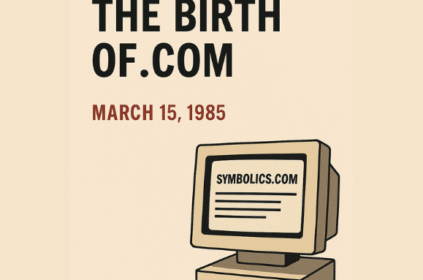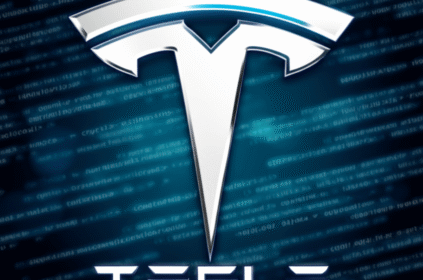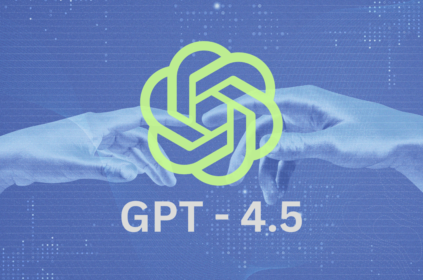The internet as we know it relies heavily on the Domain Name System (DNS), a hierarchical and centralized system that translates human-readable domain names into machine-readable IP addresses. While incredibly efficient, this traditional model has its vulnerabilities, from single points of failure to censorship risks. Enter Handshake, a groundbreaking decentralized naming protocol that’s poised to revolutionize how we interact with the web.
In this post, we’ll dive deep into Handshake domains, exploring their mechanics, benefits, and the exciting possibilities they unlock.
What Are Handshake Domains and How Do They Work?
At its core, Handshake is a decentralized, permissionless, and censorship-resistant root naming system. Unlike traditional domains, which are registered and managed by ICANN and various registrars, Handshake names are secured by a blockchain. This means ownership is immutable and transparent, and control is distributed among its participants.
The “how” is fascinating: Handshake uses a proof-of-work blockchain, similar to Bitcoin. Instead of mining cryptocurrencies, participants “mine” and bid on top-level domains (TLDs). Once a TLD is secured, the owner can then create subdomains and manage their DNS records, all on the blockchain.
What is a Handshake TLD and How to Resolve Them?
In the traditional DNS, TLDs like .com, .org, and .net are centrally controlled. In Handshake, anyone can own a TLD. This opens up a vast new frontier for unique and custom extensions. Imagine owning .yourcompany or even .yourname!
So, how do you resolve these decentralized TLDs? This is where a key difference from traditional DNS emerges. To access Handshake domains, you need a resolver that understands the Handshake blockchain. This can be achieved through:
- Dedicated Handshake-aware browsers: Some browsers are starting to integrate native Handshake resolution.
- Browser extensions: These plugins act as a bridge, redirecting Handshake domain requests to a Handshake resolver.
- Running a full Handshake node: For the technically adventurous, running your own node provides the most direct and trustless resolution.
- Using a Handshake-enabled DNS resolver: Services like NextDNS or specific DNS providers are beginning to offer support for Handshake resolution.
When you type a Handshake domain into your browser (with the right setup), the resolver queries the Handshake blockchain to find the associated DNS records, which then point your browser to the correct IP address or content.
Handshake DNS vs. Traditional DNS: Why is it Important?
The differences between Handshake DNS and Traditional DNS are profound and highlight Handshake’s importance:
| Feature | Traditional DNS | Handshake DNS |
|---|---|---|
| Control | Centralized (ICANN, registrars) | Decentralized (Blockchain consensus) |
| Censorship | Prone to censorship and takedowns | Censorship-resistant and immutable |
| Single Point of Failure | Vulnerable to DDoS attacks on root servers | Highly resilient due to distributed nature |
| Transparency | Limited, requires trust in registrars | Transparent (all records on public blockchain) |
| Ownership | Lease (renewals required) | Own (immutable ownership via blockchain) |
| Innovation | Regulated and slow TLD introduction | Permissionless TLD creation, rapid innovation |
The importance of Handshake lies in its ability to offer a more robust, secure, and democratic internet. It shifts control from a few central authorities to the users themselves, fostering an environment of true digital freedom and innovation.
What Can You Do With Handshake Domains?
The possibilities with Handshake domains are vast and extend beyond simple websites:
- Decentralized Websites (dApps): Host websites and dApps that are resistant to censorship and takedowns.
- Self-Sovereign Identity: Create unique, verifiable digital identities that you truly own.
- Secure Naming for Cryptocurrencies: Use human-readable Handshake names for cryptocurrency addresses, making transactions less error-prone.
- Custom TLDs for Brands and Communities: Businesses can secure their own brand TLD (e.g.,
.nike), while communities can establish unique digital spaces (e.g.,.gamers). - Data Storage and Sharing: Link Handshake domains to decentralized storage solutions like IPFS, creating truly distributed applications.
- Blockchain Integration: Seamlessly integrate with other blockchain projects and protocols.
Are Handshake Domains The FUTURE?
While the “future” is always uncertain, Handshake domains possess strong characteristics that position them as a serious contender for the next generation of internet naming. Their decentralization, censorship resistance, and immutability address fundamental vulnerabilities of the current system.
However, widespread adoption requires overcoming certain hurdles:
- User Friendliness: The technical barrier for entry needs to be lowered for the average user.
- Browser Integration: Native support in major browsers is crucial for seamless access.
- Ecosystem Development: More tools, services, and applications built on Handshake are needed.
- Awareness and Education: The general public needs to understand the benefits and how to use Handshake.
What’s the Path to Actually Make These Domains Usable?
The journey to widespread usability for Handshake domains involves several key steps:
- Enhanced Browser Support: This is arguably the most critical. When major browsers like Chrome, Firefox, and Edge natively resolve Handshake domains without extensions, adoption will skyrocket.
- Simplified Resolvers: User-friendly DNS resolvers and public gateways that seamlessly integrate Handshake resolution are essential.
- Developer Tooling and SDKs: Empowering developers to easily build applications and services that leverage Handshake is vital for ecosystem growth.
- Wallet and Registrar Integration: Making the process of acquiring and managing Handshake domains as straightforward as traditional domains is paramount.
- Community Initiatives and Education: Ongoing efforts to educate users, create clear documentation, and foster a vibrant community will drive adoption.
- Interoperability: Ensuring Handshake can seamlessly interact with existing internet infrastructure and emerging decentralized technologies will be key.
Handshake represents a bold vision for a more open, secure, and user-controlled internet. While challenges remain, the foundational technology is robust, and the potential benefits are immense. As we continue to navigate the evolving digital landscape, Handshake domains offer a compelling glimpse into a future where the internet truly belongs to everyone.
Last modified: May 27, 2025








